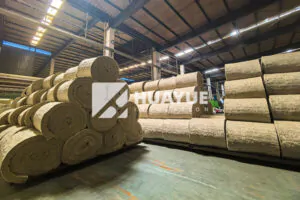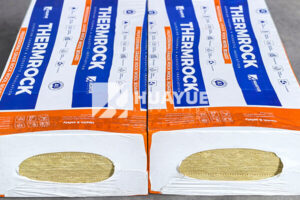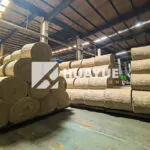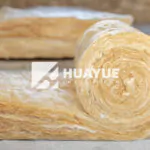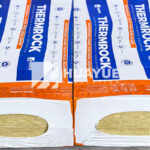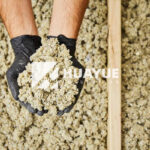How Does a Rock Wool Factory Work and What Should You Know?
Factories are changing the way we use energy, but choosing the right insulation makes a real difference.
Rock wool is manufactured in specialized factories, often close to raw material sources, using high-temperature melting, spinning, and processing equipment to produce durable insulation for buildings and industrial applications.
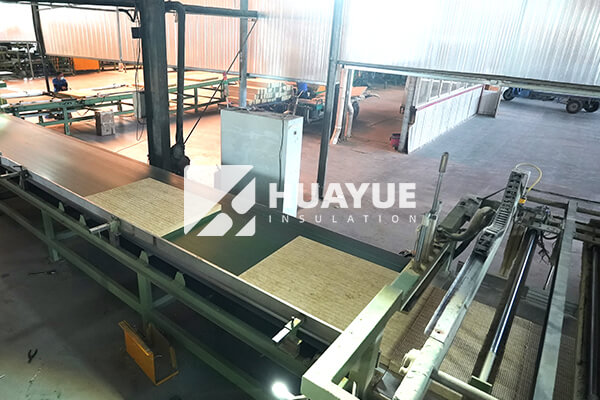
Factories like ours are at the core of modern insulation solutions. Understanding how rock wool is made, what it is made from, and where it comes from helps you choose better materials for your projects. After working in the insulation industry for nearly 30 years, I have learned that the whole story matters—not just the specs, but also the factory, the process, and even the problems. Let’s dive in.
Where is rock wool manufactured?
Insulation buyers and contractors often have trouble locating reliable rock wool factories. Not knowing where your insulation comes from can mean project delays or unplanned costs down the line.
Rock wool is manufactured in large-scale factories located near volcanic rock or slag sources, ensuring supply reliability and consistent product quality for global and local customers.
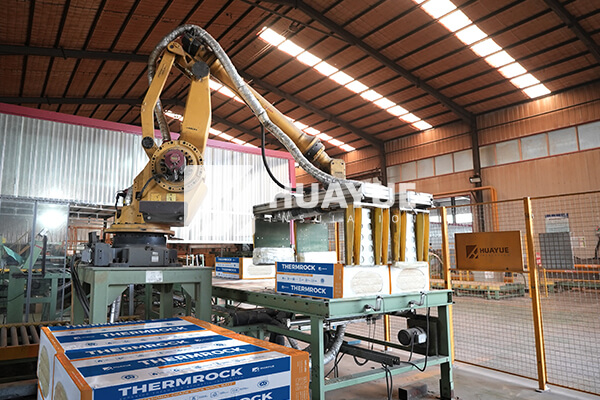
Most of the time, rock wool factories are concentrated in industrial zones near ports or cities with strong infrastructure. For example, our own plant sits near the Beijing-Tianjin-Hebei port belt for easy access to shipping routes. This location gives us a big advantage. Transport costs are lower, and raw materials arrive on time. It is no accident—large rock wool factories must arrange production lines, storage, and delivery all in one coordinated system. Factories can range in size from small, regional suppliers to vast, international exporters with millions of square feet under roof. Typically, these factories operate 24/7 to meet construction, industrial, and energy demands. Below is how the main factors line up:
| Factor | Why it Matters | Real Example in Factory Setting |
|---|---|---|
| Location | Cuts cost, faster shipping | Near main shipping ports, factories get material and send orders quickly |
| Scale | Handles big contracts | More production lines mean shorter wait times |
| Access to Raw Materials | Steady supply | Built near rock sources or slag plants |
| Infrastructure | Smooth operations | Wide roads, large warehouses, modern machinery |
Factories are not just about machines; they are about good planning.
What is the manufacturing process of rock wool?
Some may think insulation just comes out of a box, but much work goes on before that. Understanding the factory process clears up confusion and helps you see the value.
Rock wool is made by melting natural basalt or recycled slag at high temperatures, spinning it into fibers, binding the fibers, and then curing the product into boards or rolls ready for installation.
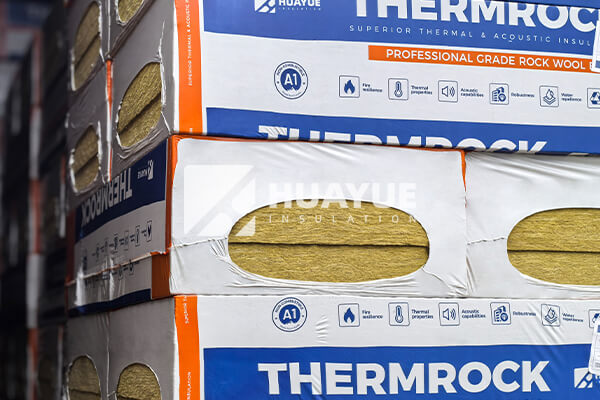
From my experience, every rock wool factory is like a miniature volcano. First, we load crushed basalt and sometimes slag into a furnace. These raw stones are heated to nearly 1,500°C (that is hotter than lava flows in many volcanoes). When the rock melts, we spin it at high speed, turning it into soft, threadlike fibers—a little like making candyfloss, but much tougher! Next, we add binding agents to hold the fibers together and form different shapes such as boards or blankets. The material goes through a curing oven to set its shape and strength. Finally, we cut, inspect, and package every piece to match customer needs. The whole process combines physics, engineering, and safety checks at every turn.
| Step | Description | Key Point |
|---|---|---|
| Raw material loading | Basalt rock and slag fed to furnace | Starts whole process |
| Melting | High temperatures liquefy material | Needs stable energy |
| Fiberizing | Spinning turns liquid to fiber | Sets density, thickness |
| Binding agent | Spray glue for strength, shape | Controls product form |
| Curing | Ovens harden product | Long-term stability |
| Cutting & packaging | Final shapes, inspection | Ready for shipping |
I know many customers are surprised to see the steps involved because each one affects how the final material performs.
What is rock wool made out of?
People often ask what is inside their insulation, especially in demanding environments. Wrong materials can mean failure later.
Rock wool is made from natural volcanic rocks like basalt along with recycled industrial slag, giving it strength, fire resistance, and eco-friendliness.
Our factory uses mostly basalt, a rock found in volcanic areas, and mixes in mineral slag, which is a by-product from metal production. This blend is key. Basalt is very strong and stable at high temperatures. Slag adds flexibility and helps recycle waste from other industries. Both materials are noncombustible and do not react with most chemicals, which matters a lot for tanks, plants, and energy projects. When customers like Hans Müller visit, we often take samples from our raw material stocks to show transparency. Only top-quality rocks and clean slag go into production. This focus helps meet both safety standards and eco-friendly goals. In fact, many companies support our use of recycled materials because they know it lowers their projects’ environmental footprint as well.
| Ingredient | Function | Why it Matters |
|---|---|---|
| Basalt | Provides core fiber strength | Withstands heat and pressure |
| Slag | Adds flexibility, recycles material | Eco-friendly |
| Binder/Glue | Holds fibers together | Sets material shape |
| Oil/Wax | Improves water resistance (if used) | Customizable for uses |
The ingredients may seem simple, but the right mix is what gives rock wool its standout features.
What is the downside of rock wool?
No insulation material is perfect. Choosing without understanding the limits can create surprise problems.
Rock wool’s downsides include higher cost than fiberglass, potential dust during installation, and the need for protective equipment, though its performance and safety often outweigh these concerns for complex projects.
Customers sometimes wonder about the practical limits of rock wool. Some find that up-front costs are higher than other types like fiberglass. The spinning and cutting process may also create dust, which can irritate the skin and lungs if you do not use gloves and masks. For short projects or small budgets, these costs and precautions might seem like a drawback. But for tanks, plants, or fire-prone areas, the performance is hard to beat. Rock wool does not burn, does not soak up water, and lasts for decades if installed right. Still, I believe it is important to walk buyers through every factor: installation needs, worker safety, and total project value—not just one-time price.
| Downside | Details | How I Handle It |
|---|---|---|
| Cost | More than fiberglass or foam in most cases | Focus on long-term savings |
| Dust & Handling | May cause irritation | Train teams, use safety gear |
| Installation Care | Needs skilled workers for best result | Offer on-site guidance |
| Weight | Heavier than some other choices | Plan support structures in design |
Many of my long-term customers know that higher first-year cost can save time, energy, and worry for 20 years or more.
Conclusion
Understanding rock wool factory manufacturing, materials, benefits, and downsides lets you make better project choices for safety, durability, and value.
You may also be interested in:
Ready to Get Started?
Get in touch with our experts for personalized solutions tailored to your needs.
Get Free QuoteLatest Articles
Let's Work Together
Ready to take your business to the next level? Get in touch with our team of experts and let's discuss how we can help you achieve your goals.
Get Free Solutions
